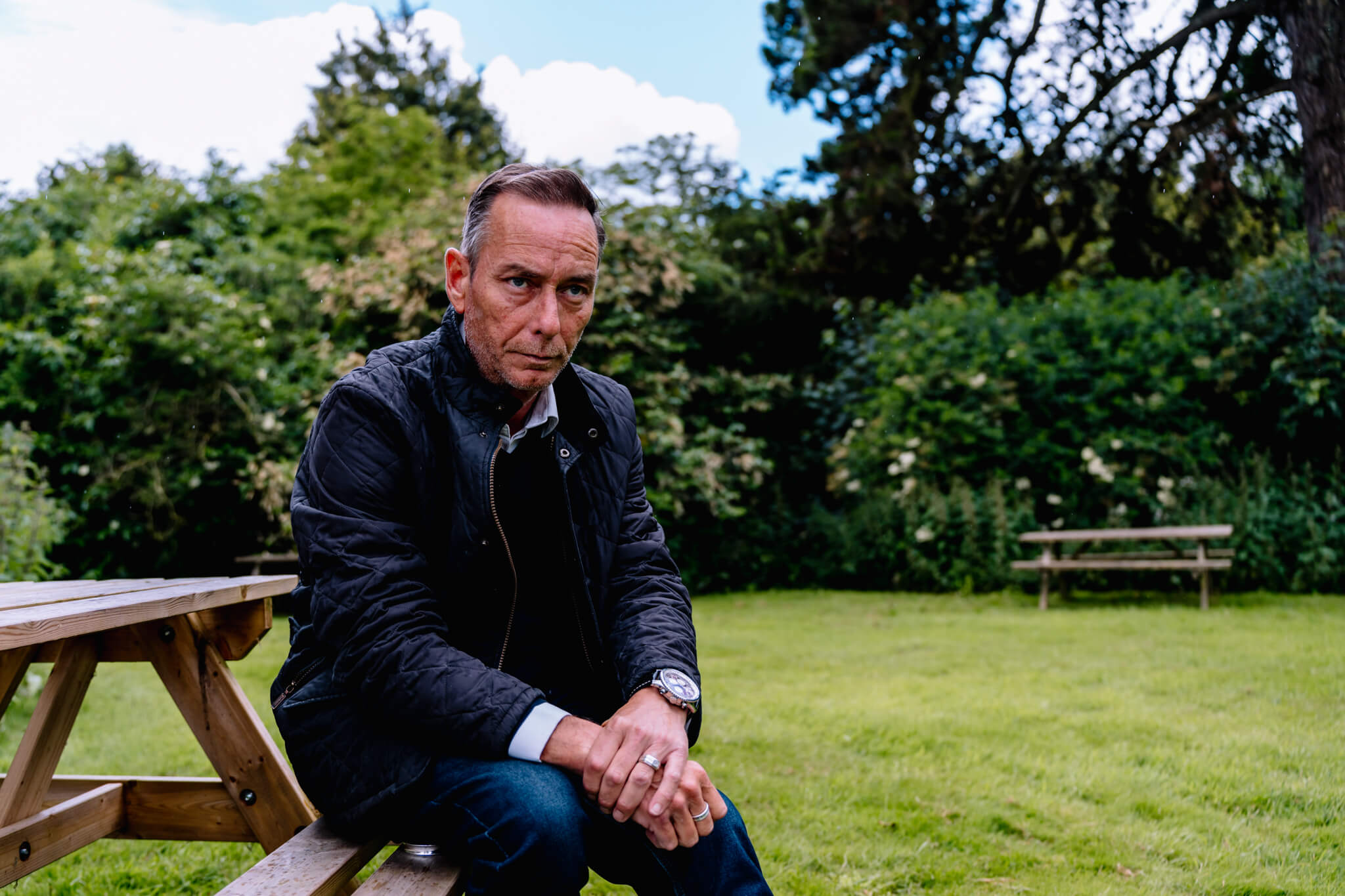Yorkshire Clinic Specialists
-
-
Mr Peter Bobak
Mr Peter Bobak is a Consultant Orthopaedic Surgeon in West Yorkshire, Bingley, working at the Yorkshire Clinic
Read more -
-
Mr Christopher Brew
Mr Christopher Brew is a Consultant Trauma and Orthopaedic Surgeon who specialises in Hip and Knee Surgery in Yorkshire
Read more -
Mr Maulik Gandhi
Mr Maulik Gandhi is a Consultant Orthopaedic Consultant in Brimingham and Yorkshire who specialises in Shoulder and Elbow Surgery
Read more -
Mr Richard James Grogan
Mr Richard James Grogan is a Consultant Orthopaedic Surgeon in Yorkshire who specialises in hip and knee replacement, arthroscopic knee surgery and hip re-surfacing.
Read more -
Mr Stephen Guy
Mr Stephen Guy is a Consultant Trauma & Orthopaedic Surgeon with a specialist interest in Knee Surgery
Read more -
Mr James Hahnel
Mr James Hahnel, Consultant Orthopaedic Surgeon in Yorkshire who specialises in hip and knee surgery
Read more -
Mr Gary Hannant
Mr Gary Hannant is a Consultant Orthopaedic Surgeon in West Yorkshire, Bingley who specialises Foot and Ankle Surgery
Read more -
-
Mr Christopher Mann
Mr Christopher Mann is a Consultant Orthopaedic Surgeon who specialises in Foot and Ankle surgery
Read more -
Mr Graham Stuart Radcliffe
Mr Graham Stuart Radcliffe is a Consultant Orthopaedic Surgeon specialising in knees, working at the Yorkshire Clinic.
Read more -
Mr Kandasamy Sampathkumar
Mr Kandasamy Sampathkumar is a Consultant Orthopaedic Surgeon in Yorkshire, who specialises in Foot and Ankle Surgery
Read more -
-
Mr Thomas Frederick Taggart
Mr Tom Taggart is a Consultant Orthopaedic Surgeon in Bradford, West Yorkshire who specialises in hip and knee surgery.
Read more -
-
Mr James Tyler
Mr James Tyler is a Consultant Orthopaedic Surgeon in Yorkshire with a special interest in planned and trauma surgery of the upper limb.
Read more -

Mr Phil Wright
Mr Phil Wright is a Consultant Orthopaedic Surgeon in Bingley, West Yorkshire who specialises in shoulder and elbow surgery.
Read more

